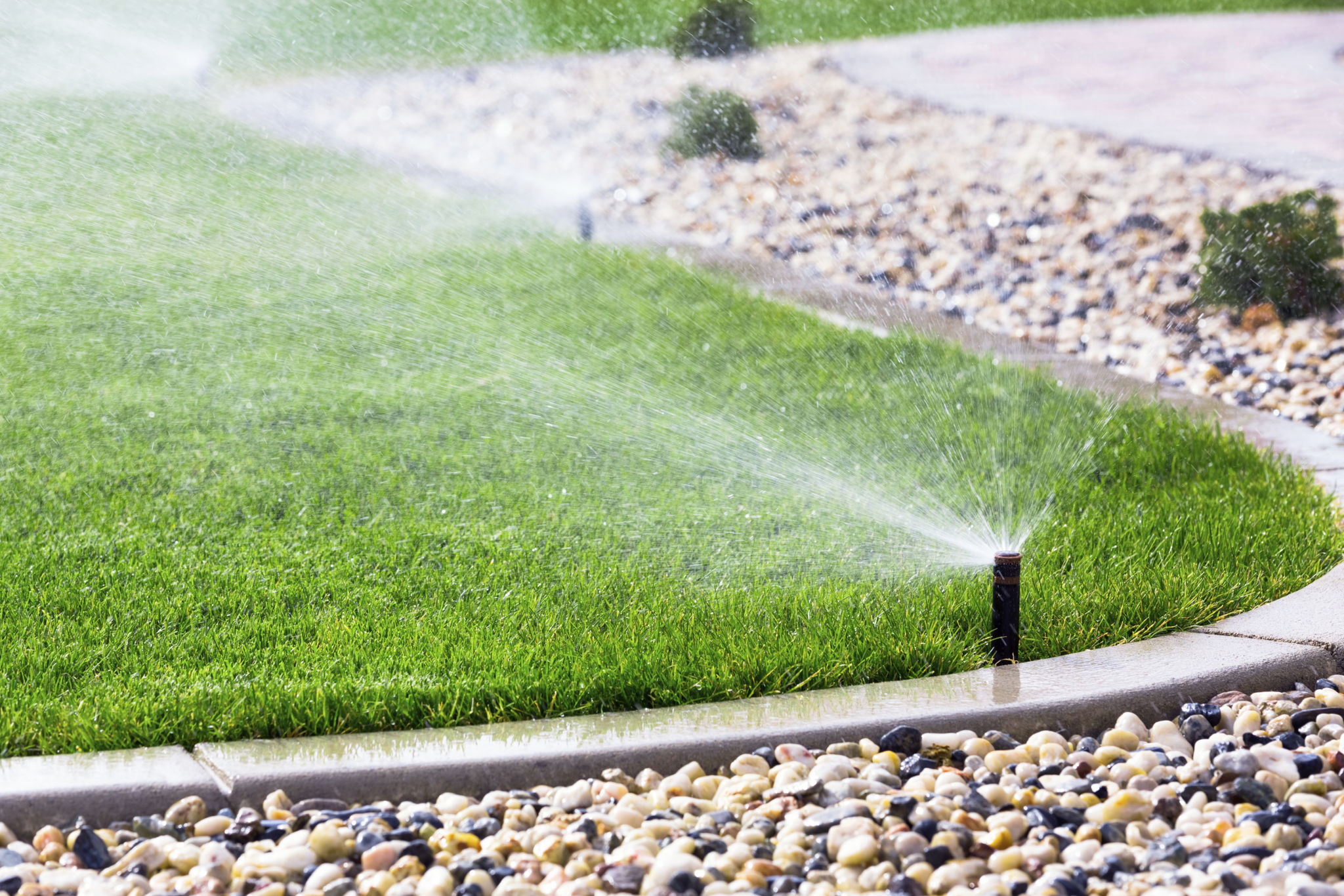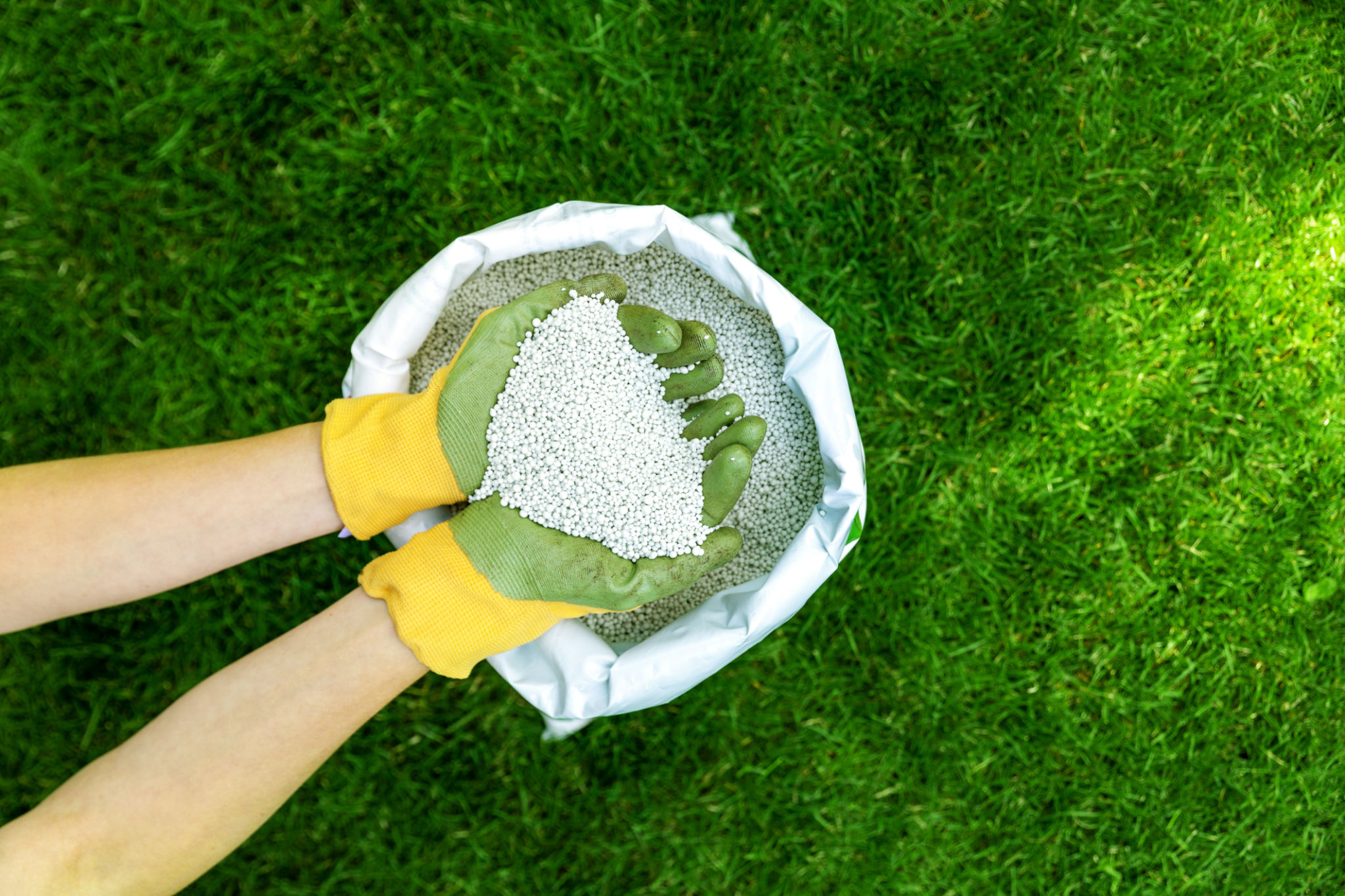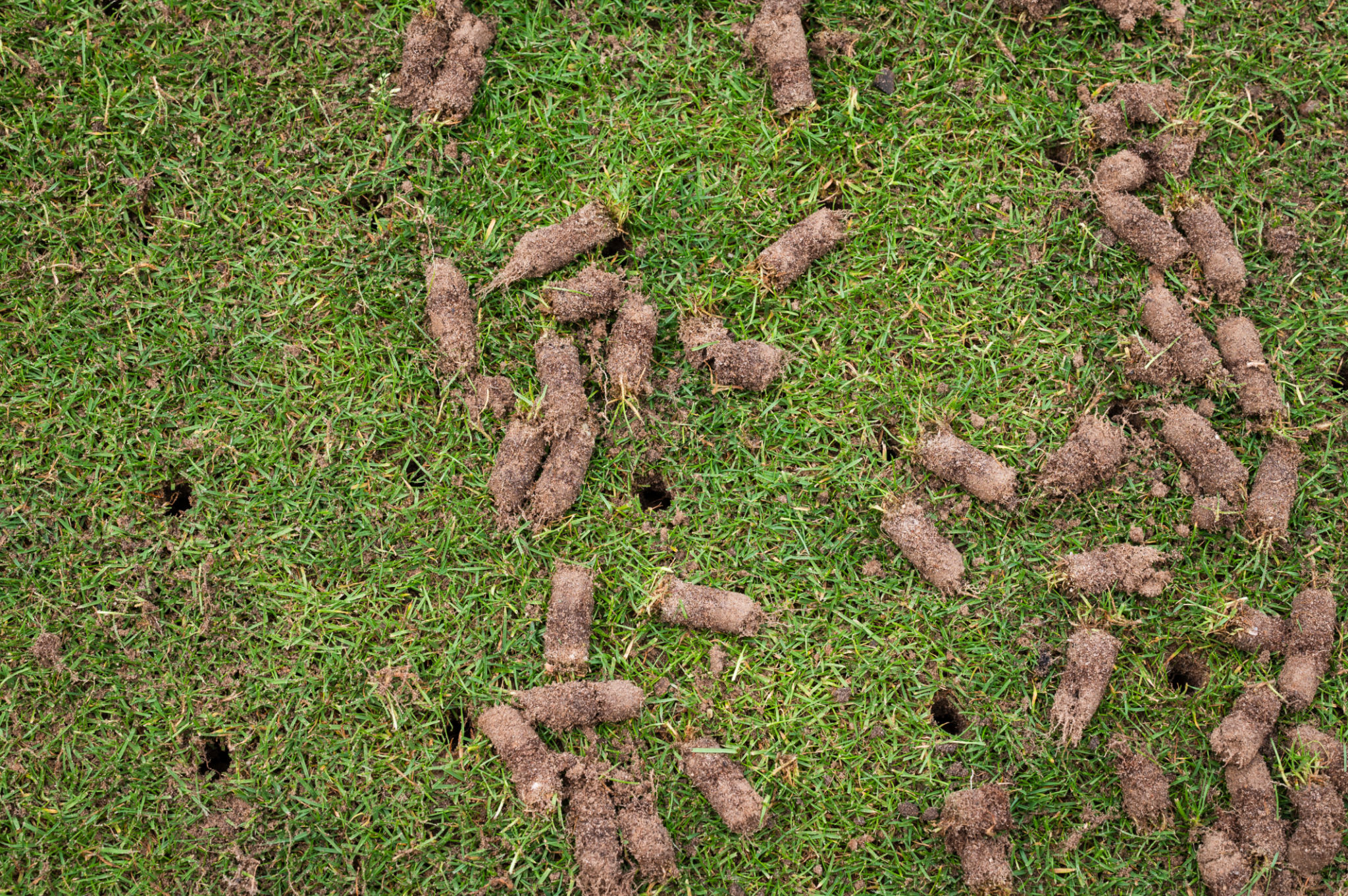How to Maintain a Healthy Lawn in Sanford's Climate
Understanding Sanford's Climate
Sanford, Florida, is known for its warm, humid climate, which can pose challenges for maintaining a lush, green lawn. The subtropical conditions mean that lawns are exposed to high temperatures and significant rainfall during the summer months. Understanding this climate is crucial for developing a lawn care routine that keeps your grass healthy and vibrant year-round.

Choosing the Right Grass Type
One of the first steps in maintaining a healthy lawn in Sanford is selecting the right grass type. Warm-season grasses such as St. Augustine, Zoysia, and Bermuda are well-suited for the region's climate. These grasses thrive in heat and can tolerate the humidity and occasional drought conditions that Sanford experiences.
St. Augustine grass is particularly popular due to its thick, carpet-like texture and shade tolerance. However, if your lawn gets a lot of direct sunlight, Bermuda grass may be a better choice due to its resilience to foot traffic and quick growth rate.
Watering Wisely
Proper watering is essential for maintaining a healthy lawn. In Sanford's climate, it's important to strike a balance between too much and too little water. Overwatering can lead to fungal diseases and waste precious resources. Aim to water your lawn early in the morning to minimize evaporation and ensure the water reaches the roots effectively.

A general rule of thumb is to provide about an inch of water per week, including rainfall. During the hotter months, you may need to adjust this depending on your grass type and soil conditions. Using a rain gauge can help you monitor how much water your lawn is receiving.
Fertilization Techniques
Fertilizing your lawn is another critical component of maintaining its health. In Sanford, you should plan to fertilize your lawn several times throughout the year. This helps replenish essential nutrients that may have been washed away by heavy rains or depleted by the sun's intense heat.
Choose a fertilizer that matches your grass type and apply it according to the manufacturer's instructions. Be mindful of the timing; fertilizing in late spring or early fall can yield the best results, promoting strong root growth and vibrant color.

Mowing Practices
Mowing might seem straightforward, but doing it correctly is key to keeping your lawn healthy. In Sanford's climate, it's important to adjust your mowing schedule based on the season. During the growing season, you may need to mow more frequently—once a week or every two weeks—to prevent overgrowth.
Keep your mower blades sharp to ensure clean cuts and avoid damaging the grass. Additionally, set your mower height according to your grass type; for example, St. Augustine grass should be mowed at a height of 3.5 to 4 inches to maintain its health and appearance.
Disease and Pest Management
The warm, humid environment in Sanford can create ideal conditions for pests and diseases that affect lawns. Regularly inspect your lawn for signs of trouble, such as discoloration, patchiness, or unusual growth patterns.
If you notice any issues, take action promptly. Use organic or chemical treatments as needed, following guidelines to ensure safety for both your family and the environment. Preventative measures like proper aeration and dethatching can also help reduce disease risk.
Aeration and Dethatching
Aeration involves perforating the soil with small holes to allow air, water, and nutrients to penetrate the grass roots effectively. This process helps reduce soil compaction and promotes stronger root growth.

Dethatching involves removing the layer of dead grass and debris that accumulates between the soil and grass blades. Both techniques are best performed in early spring or fall when the grass is actively growing.
Seasonal Lawn Care Tips
Finally, be mindful of seasonal changes when planning your lawn care routine. In Sanford, spring and fall are ideal times for aeration, fertilization, and overseeding if needed. During the summer months, focus on maintaining a consistent watering schedule and protecting your lawn from pests.
By tailoring your approach to each season's demands, you can keep your lawn healthy and beautiful throughout the year. With the right care and attention to detail, you’ll enjoy a lush green space that enhances your home’s curb appeal.